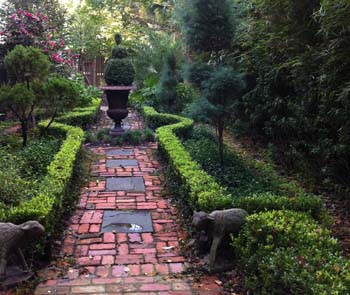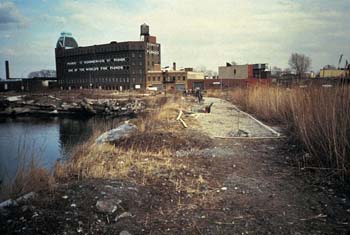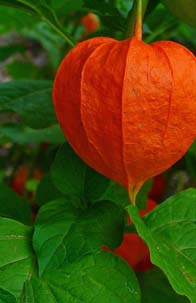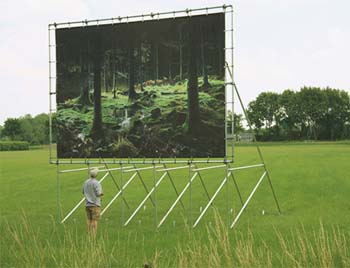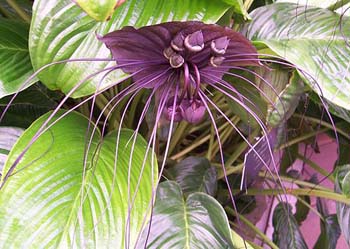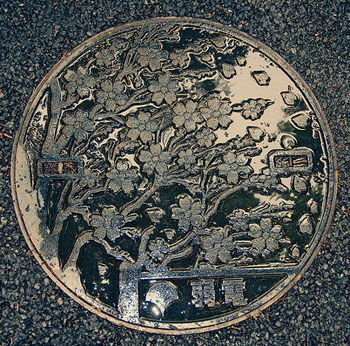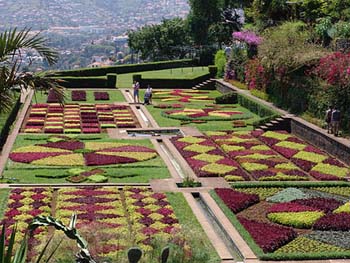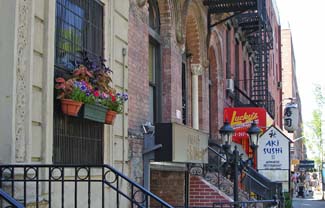
“I tend my flowers for thee—Bright Absentee! . . .” begins just one of Emily Dickinson’s nearly 1800 poems. She lived from 1830 to 1886 in Amherst, Massachusetts.
Locally at the time, Dickinson was perhaps best known for her gardening acumen, not as much as a poet. She was considered a bit of a recluse preferring “dandelions to drawing rooms.” But when she did pay a call with bunches of garden flowers, verse enclosed, she quipped “they valued the posy more than the poetry.”
Emily began studying botany at age 9 and amassed a collection of 424 pressed flower specimens. She had a special admiration for cultivating scented exotic flowers, writing that she “could inhabit the Spice Isles merely by crossing the dining room to the conservatory, where the plants hang in baskets.”
If, like me, you missed the New York Botanical Garden’s “Emily Dickinson’s Garden: The Poetry of Flowers” show, you can get a sense of it by linking to NPR here. Sit down, click on the recording, close your eyes (in that order) and take in some garden therapy for yourself. Once you’ve opened your eyes, there’s a little slide show for a sense of what the well-thought-out show must have been like.
Sources: NPR, Wikipedia, NY Times links here.
You also might be interested in the Emily Dickinson Museum.
“. . .Thy Daisy—Draped for thee!
Nancy R. Peck
Read Full Post »

